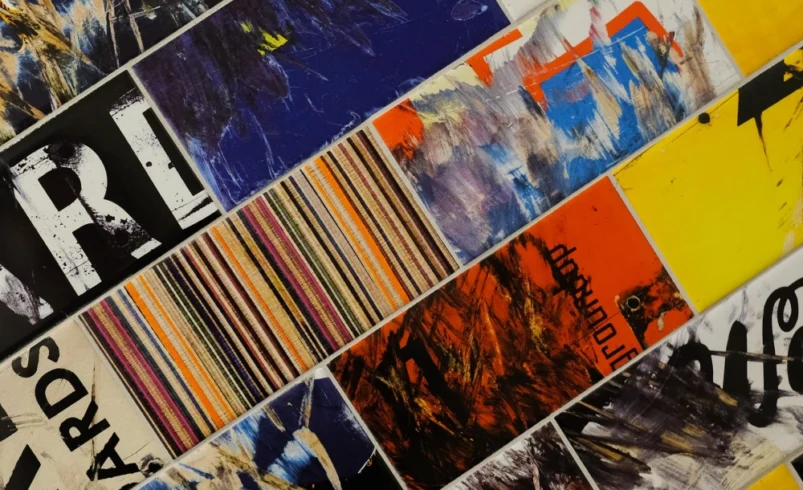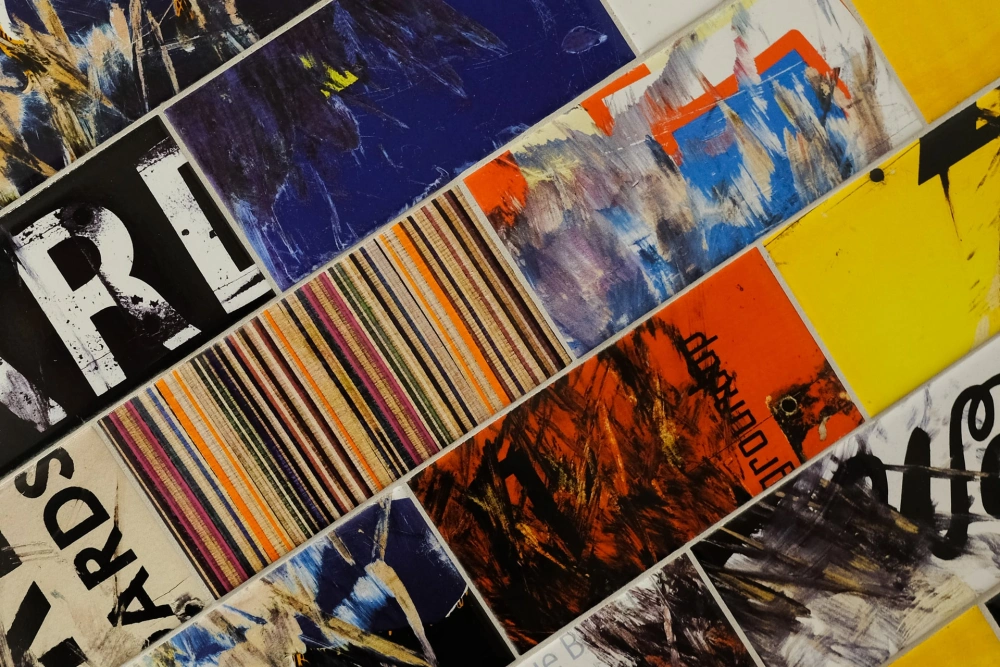MOROCCAN CRAFTS MANSHIP IN ALL ITS FORMS – My MINI DOB

For those in the know and the insider, it is Morocco’s hidden gem. Tourist buses drop off thousands of visitors every day in much-photographed Marrakech, imperial Fez and cosmopolitan Casablanca, but the old town of Rabat is the country’s unspoilt oasis of calm, which day by day is steadily gaining ground on the shelves of tour-operators and of sought after travelers. Bosnian photographer Damir Sagolj fell in love with the low-profile capital of Morocco – small and “packed” in size, with its winding alleys, the magnificent Medina and the impressive Kasbah – which UNESCO declared a World Heritage Site in 2012. , associate of the Reuters agency. Fascinated by the vivid colors, the intoxicating smells, but above all by its authenticity,
Perhaps not coincidentally, Rabat means “refuge” in Arabic. Unlike other “exotic” destinations, mass tourism has yet to arrive here. Of course, this has its advantages. Because Rabat lacks the infamous slums and cargo “barks” of Fes and Marrakech. Tourist shops coexist with those aimed at locals, the prices are relatively fixed and the “bargains” not so widespread. In the souks (markets) the pace is relaxed and the atmosphere friendly. You walk around and buy something by the way. “‘Lord, good honor to you’ I heard little. And that’s how I bought things I would have otherwise passed over, like four pairs of leather slippers in colors that didn’t match any of my clothes,” writes Sagolj.
In the heart of the old town leads from the south the Rue des Consuls, which in the 17th century associated its name with the white slave market of the Berber pirates. Foreign diplomats used to come here to “buy” their compatriots and essentially give them their freedom. It is even said that a French diplomat was so good at it that the local lords kicked him out of the country because he was… spoiling their work. Later all foreign diplomats were required to live in one street instead of scattered around the city and thus the Rue de Consuls got the name by which it is known to this day, although now the houses are mostly owned by powerful merchant families.
See also : Nature, recreation and well-being
There is probably no visitor who has managed not to get lost in the labyrinthine narrow streets of the Medina. All roads lead to the spice stalls, but the market is also famous for its leather bags and shoes, jewellery, handcrafted wooden furniture and ornate metal lamps. According to a local legend, if you strain your ears, you will hear voices from the nightclubs of yesteryear still echoing in the streets of the Medina – a reminder of the times when pirate money flowed in abundance.
The biggest “mistake” one can make in the historic district of Rabat is to… watch one’s diet.
That is why he will start his day with harsha, i.e. semolina pancakes with butter and honey, or amalou (ground almonds, honey and argan oil), while at noon he will try fresh fried fish of the day accompanied by shlada (salad with chopped tomato , cucumber, onion, vinegar, olive oil), beans and khubz (Moroccan bread). He will definitely taste tangia (a kind of thick soup with meat, vegetables and spices, simmered for hours in a ceramic pot) with plenty of bread, indulge in a portion – or more – of fried lamb cheeks, tongue and brains, served with chopped onion, and will close his meal with fragrant halva. And of course, by the time he leaves town, he’ll be drinking several liters of green tea with mint, the refreshing concoction the locals love.
Apart from the medina, Rabat’s second landmark is the Kasbah of Udaya, a city within the city where around 2,000 people live today.
See also : Crafting for Mental Well-being
This is the fortress that was built in the 12th century by the Almohad dynasty and today it is a residential area.
The views of the Atlantic from its highest points are spectacular – a stop on the magnificent roof of the Oudaya Hotel, a 1918 building that has been masterfully renovated into a luxury hotel, is well worth it.
Continue walking the winding streets of the Kasbah and look for Cafe Maure, one of the city’s most popular hangouts. Its small tables, regularly frequented by locals, overlook the harbour, while it serves excellent mint tea and macaroons. Sit back and order.
There are no direct flights from Greece to Morocco. At the same time, although Rabat has an airport, the best way to reach it is to fly to the more popular Casablanca, which is 100 km away and is served by more international airlines.
From Athens you will reach Casablanca with the European airlines that fly… west, namely with Alitalia ( www.alitalia.com ), Air France ( www.airfrance.com ) and Iberia ( www.iberia.com ), via Rome, Paris and Madrid respectively.
Searching for mid/late November, a good fare you’ll find is €340 per person, tax included, return, while for the same period, searching for flights to Rabat airport, you’ll be traveling with Air France via Paris for 398 euros. In any case, it is good to be careful about the itineraries and the connections you choose, on the one hand to make only one intermediate stop and on the other hand to avoid having to wait at airports for many hours. For your transfer from/to the airport you can arrange with the hotel you choose.
See also : Planning a Basement Staircase Build

